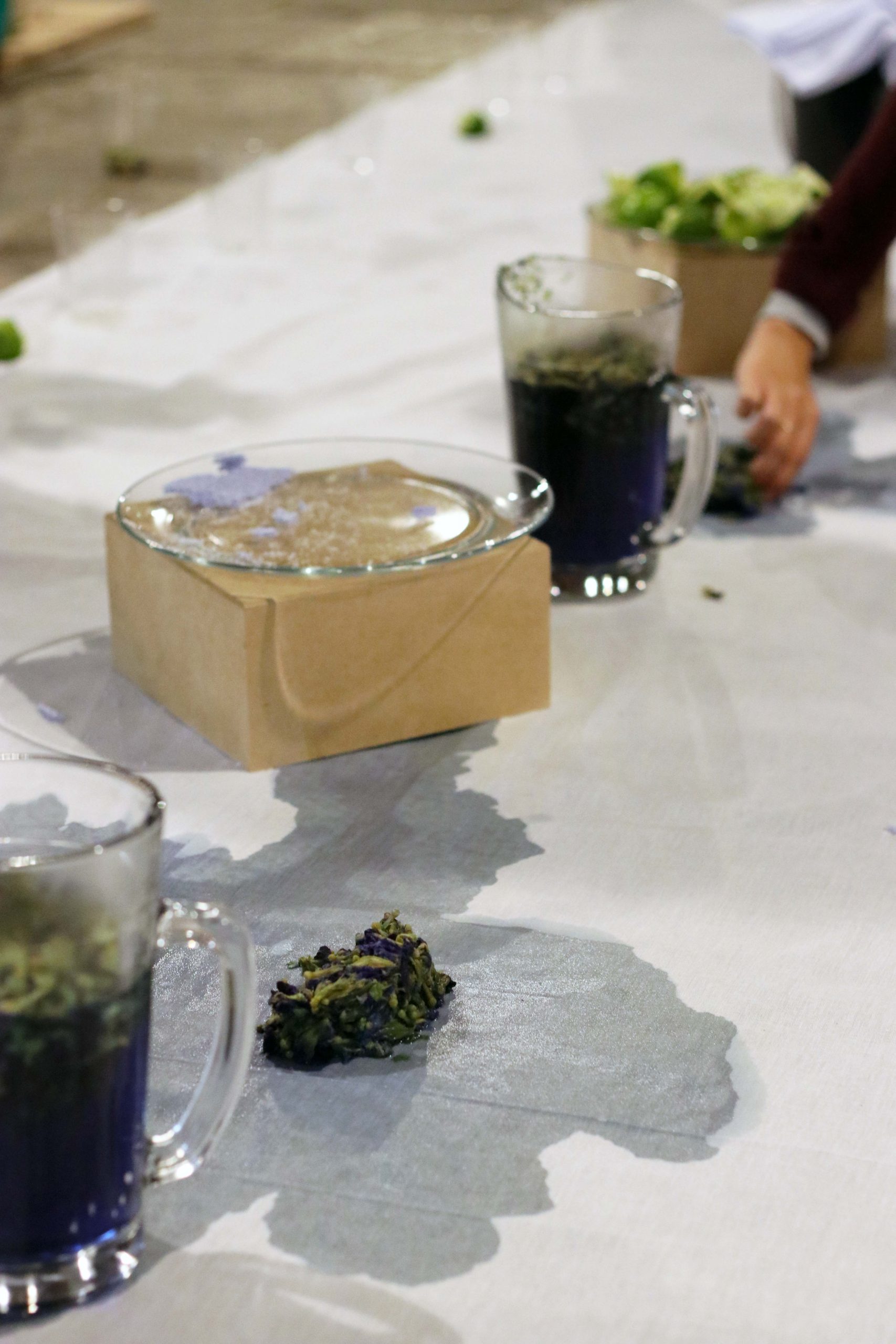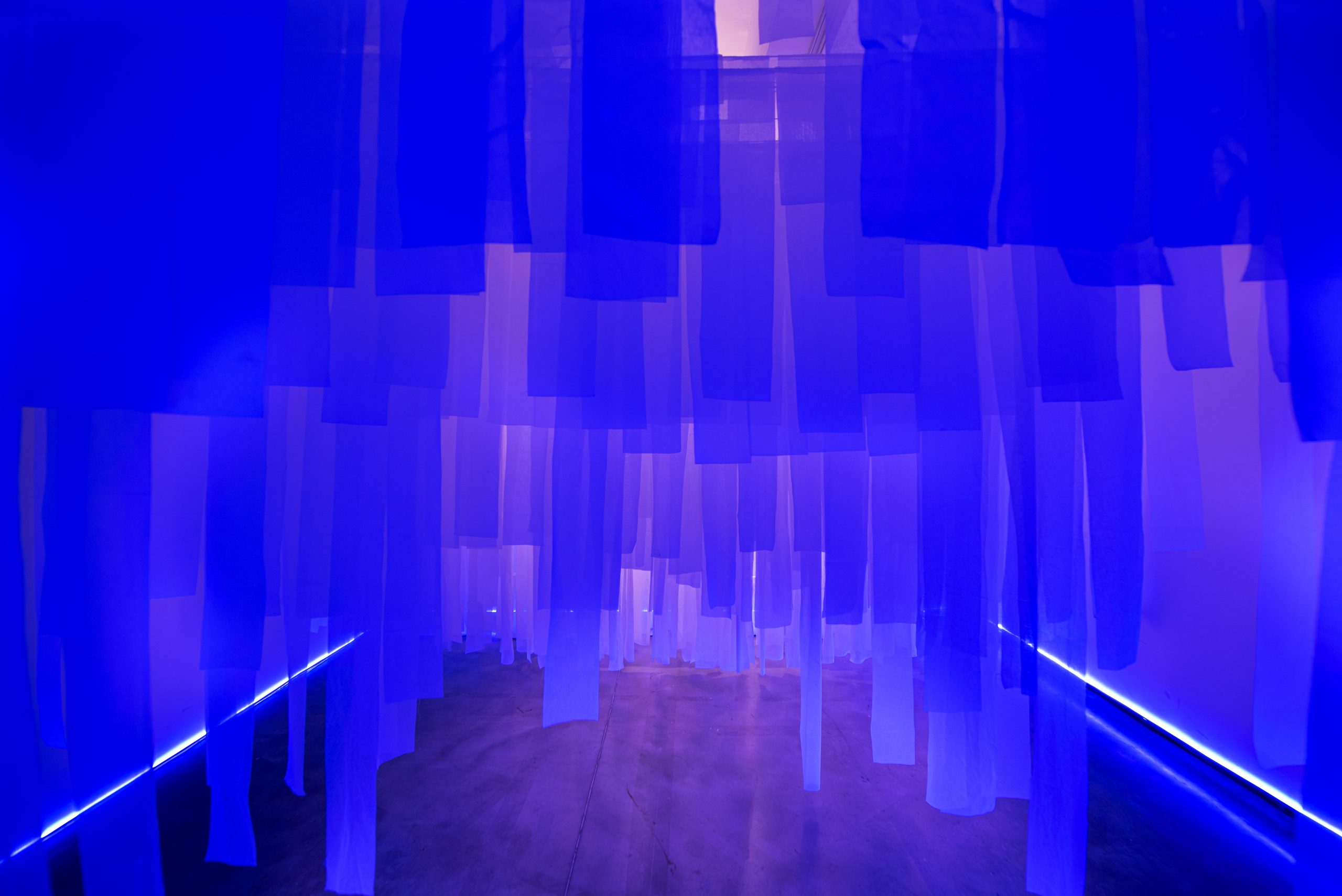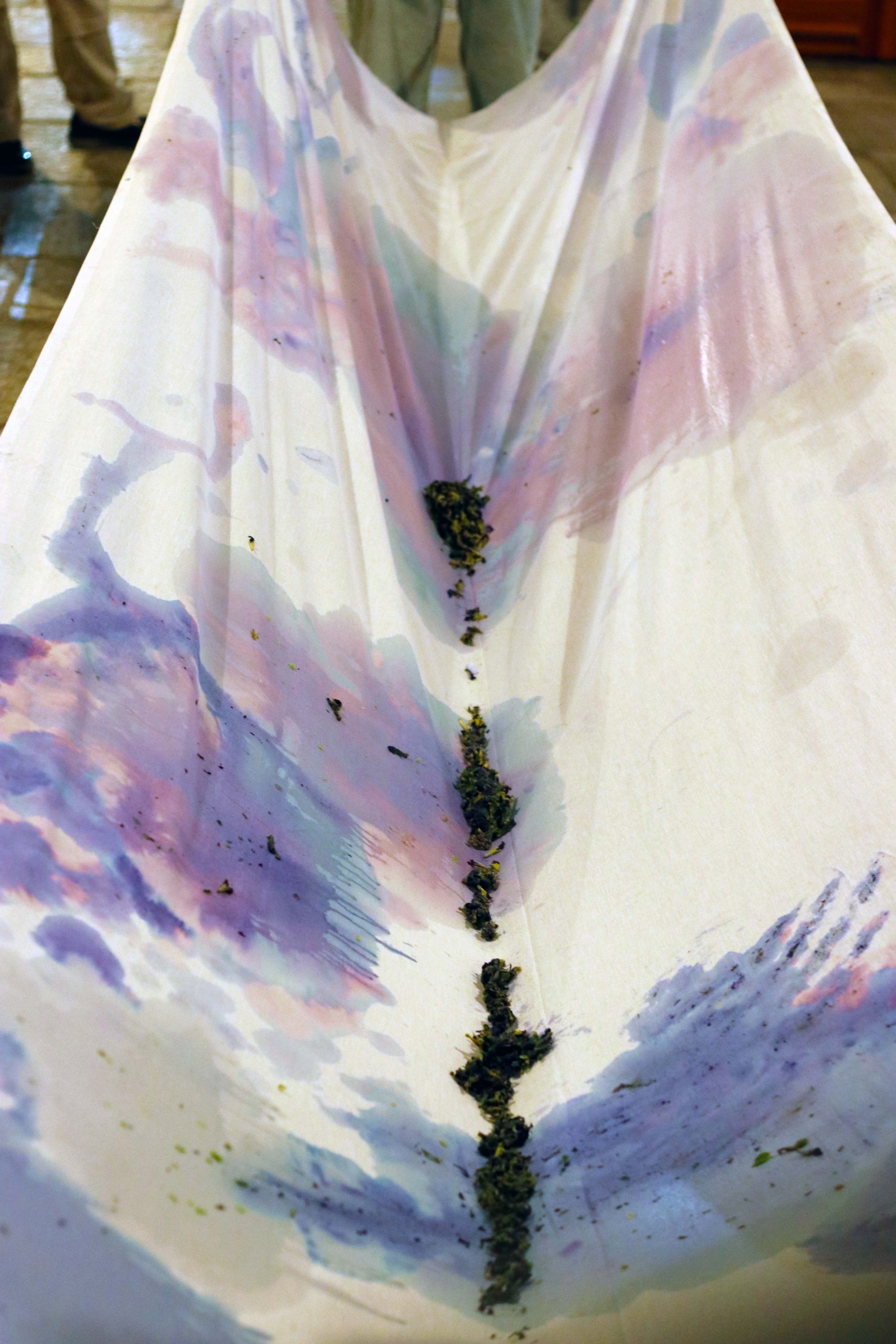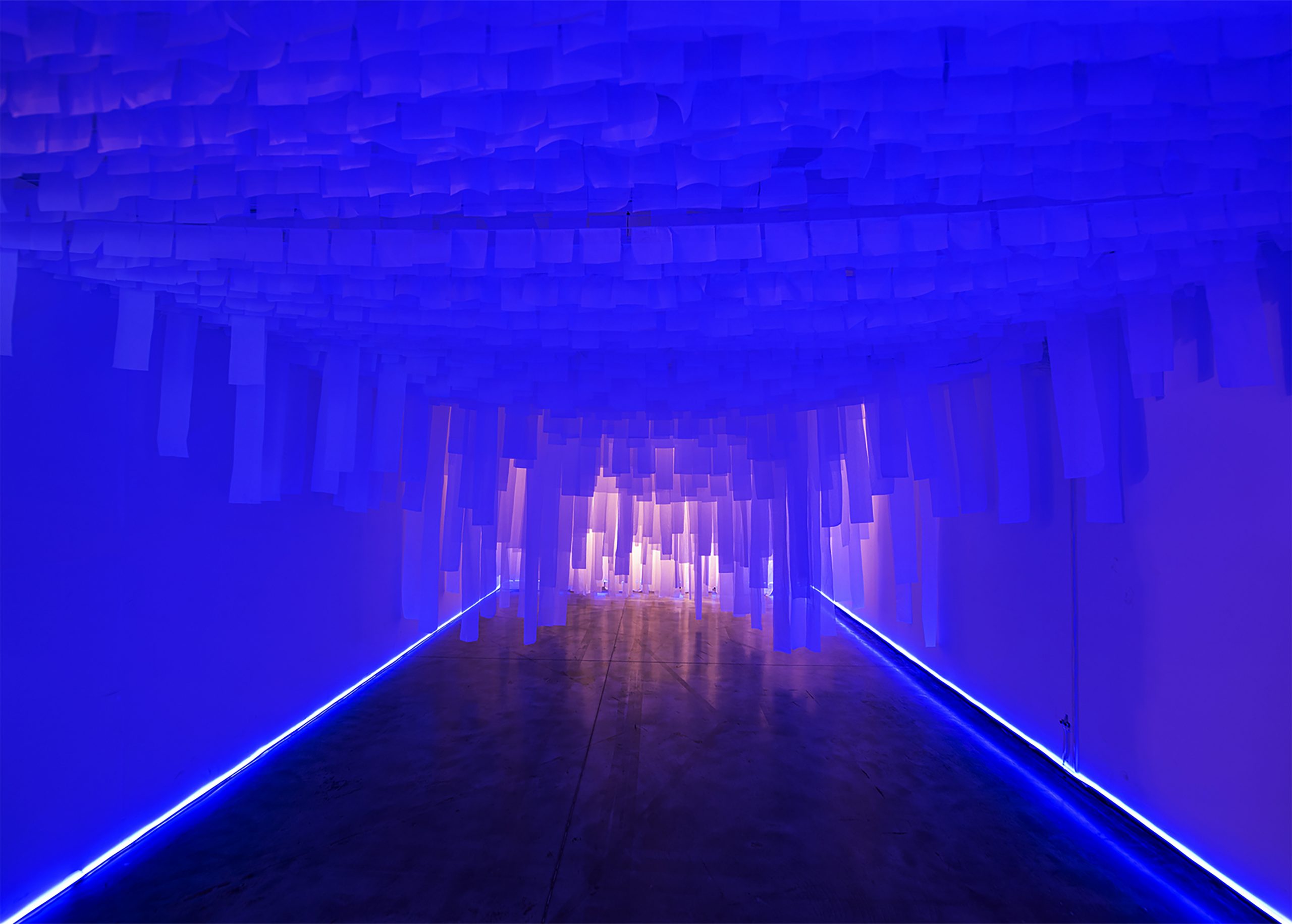At times we are a little selfish where our experiences and sensitivity are concerned. I recognised this as soon as I was little, when I started playing the piano. I always valued my own experience, my own perfectionism. I should be very clear and exact to myself. Time, of course, passes by — and rightly so. Some long years later, I had the opportunity to destroy all (or most) of my childish reasoning. I was already living alone, sharing a house with several students. In it, I had a piano in the living room. I confess that I dared to play it very few times. My luck struck in that one of my colleagues loved to play. She always enjoyed playing Ludovico Einaudi — an Italian composer — who coincidentally is a great passion of mine. For me, Ludovico’s songs are very powerful in the sense of making things last, the experiences increase and sensitivity makes you dive in and float. The imagination runs; the brain dances.
One day, when looking at her fast fingering, I told her that I would love to see her play. She then told me that this was her intention. Besides playing for herself, she wanted someone to hear and share this experience with her. This was not an isolated moment, alone. This is the function of museums, galleries, installations, biennials, festivals. Sharing. To take from the studio, the room, the study room. To show to someone; to make someone see. Today, I see this as one of the great powers of art. The invitation to sensorial and experimental immersion.The simple desire to share an experience, to be part of something. Just like in music, the visual arts are also universal languages. The colours, sensations and expressions make this clear. In a conversation with the artist Juliana dos Santos, we talked about her work that involves the colour blue, sensations and experiences. The importance of colour in history — besides the history of colours.
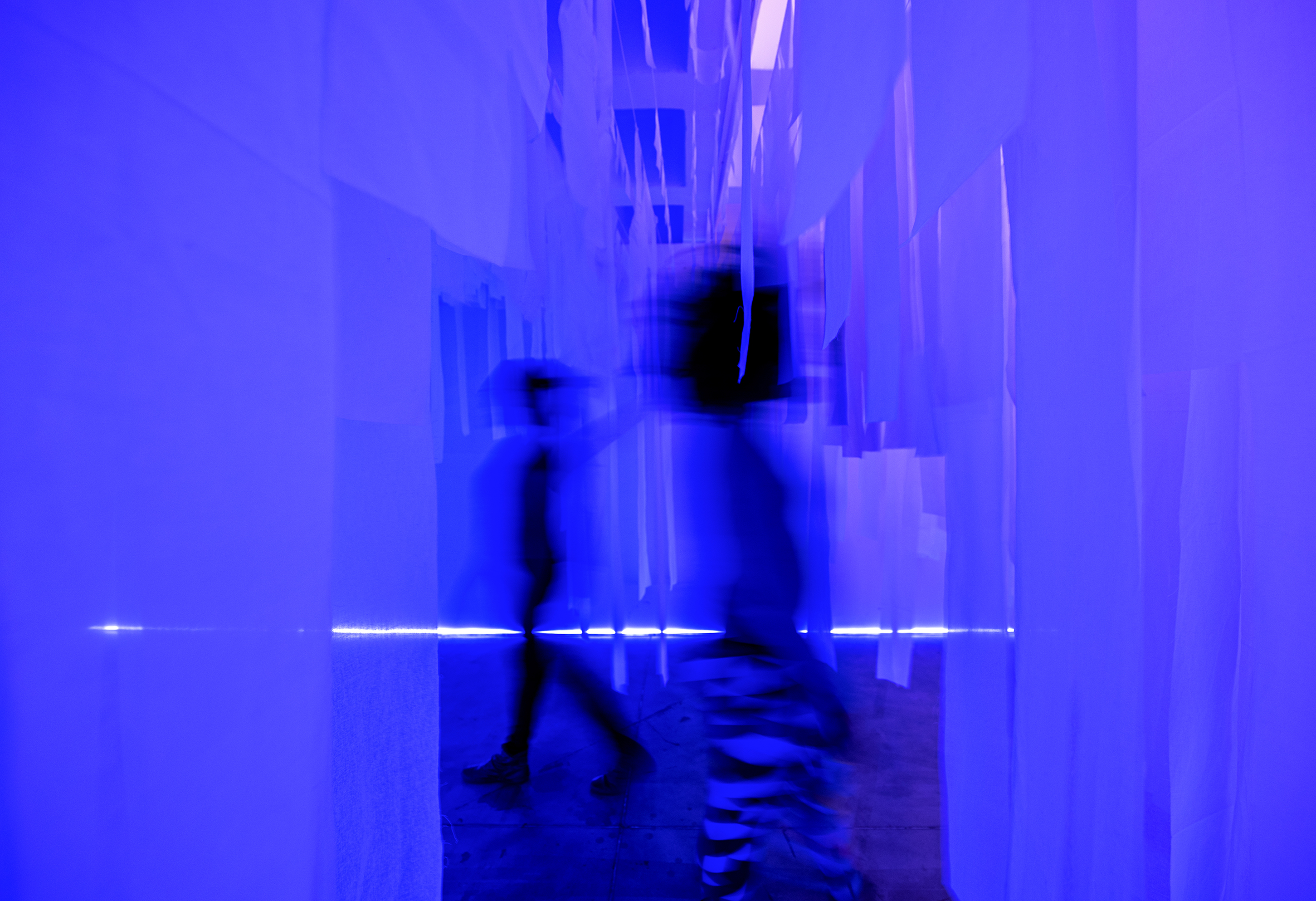
In your works, you explore and makes of the colour Blue a lot. What does this colour represent for you?
This colour has been the opposite exercise to the need for representation. It has me interested as a sensitive experience, as a place of sharing that everyone has.
One of the great achievements of your uses of it is in your installation work, which manifests as an invitation of sensory immersion into blue. With this, colour also becomes an experience. What is the importance of installation and experimentation in your work?
Between Blue and What They Don’t Let Me Forget, was my first individual show in Brazil and it is an interactive installation in which blue is an activated presence for the presence of people in space. As the public enters the room the blue tones of the lights intensify and at the same time trigger an audio with my voice in a text elaborating on my blue experiences. All collected in performances in which I invite people to eat and drink the blue of the Clitoria Ternatea flower.
The relationship with memory is very present in your work, both your own personal memory and a collective memory — which in turn make Blue our point of connection with memory. Today, after all that research, what dimensions of blue are there in your work
I realise that the more I talk about Blue, the less Blue is my work. For me, the question is: is there a possibility to talk about things that would enable me to be beyond the conditions of the immediate and violent reality of what being black is in this world. So, it is an excuse for the meeting and sensitive sharing.
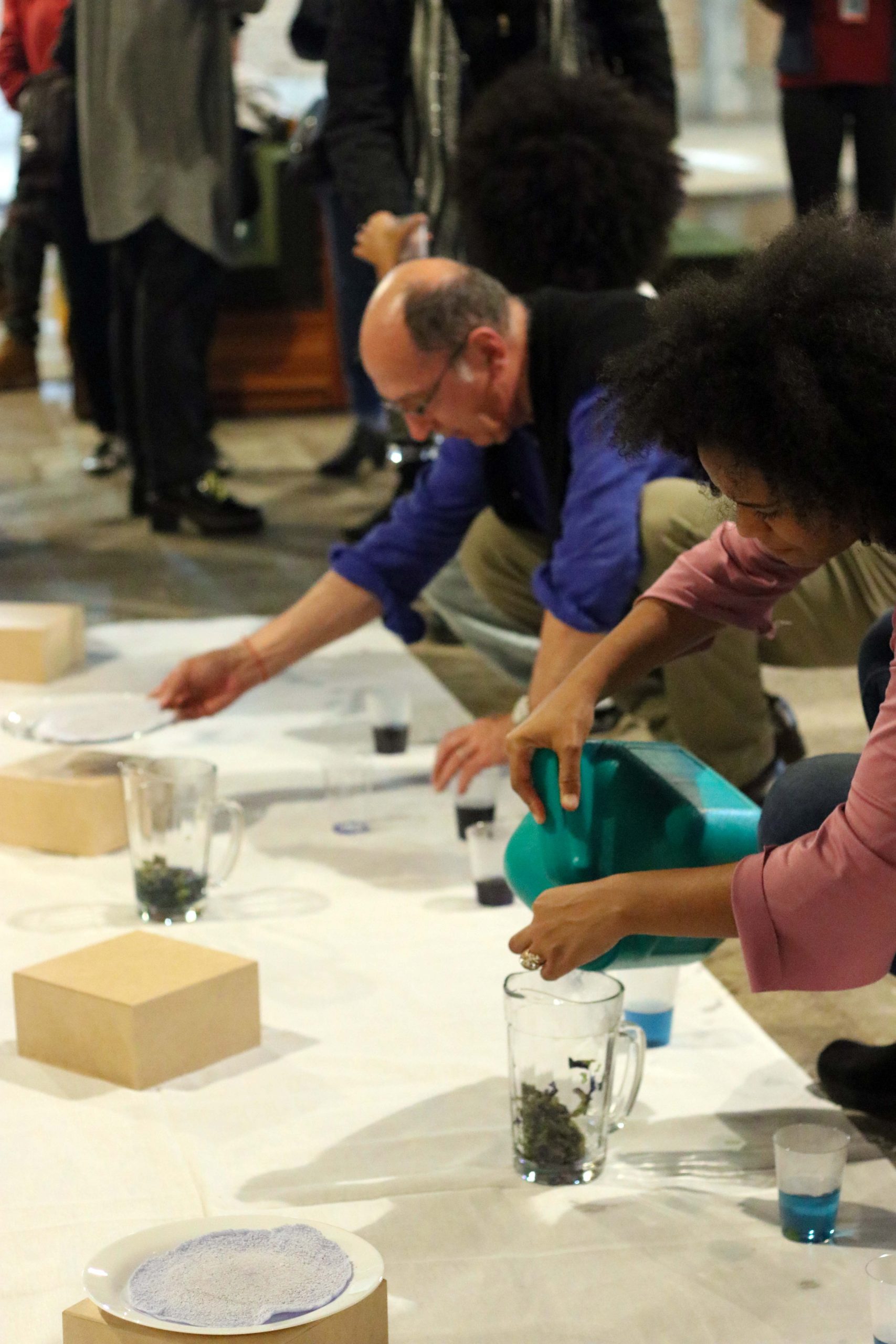
One of the things that caught my attention the most was your work’s connection between Blue and the diaspora. What relationship(s) do you think exist between Blue and the Brazilian Afro-diasporic experiences?
If we think about Blues for Black people in the USA it is very interesting that they chose the colour Blue to arrive to a Blue Note, a musical note that marks a feeling of, from and invented by Black voices. I keep thinking about Banzo here in Brazil and what place would be our Blue? When I think of the Black Brotherhoods of the Rosary, that the 200 years represent the kings of the Congo wearing blue robes — this gives me clues for thinking through different elaborations of meaning and senses colour possesses in the construction of memory and of our narratives here.
Your work explores the possibilities of experiences and pre-certification. Where research on imagination and space for creating images are concerned — do you believe that a sensory and immersive art provides advances in these aspects?
I think every art provides this, but in my case, I was in crisis with the demand for representation and representativeness. I felt the need to take my body off the scene and create spaces that the public had to imagine with me. I come from a space of art-education and have always worked in museums making visits and teaching. It’s more about art in the relationship; in the construction of presence. For me, it is important that people feel like part of work.
